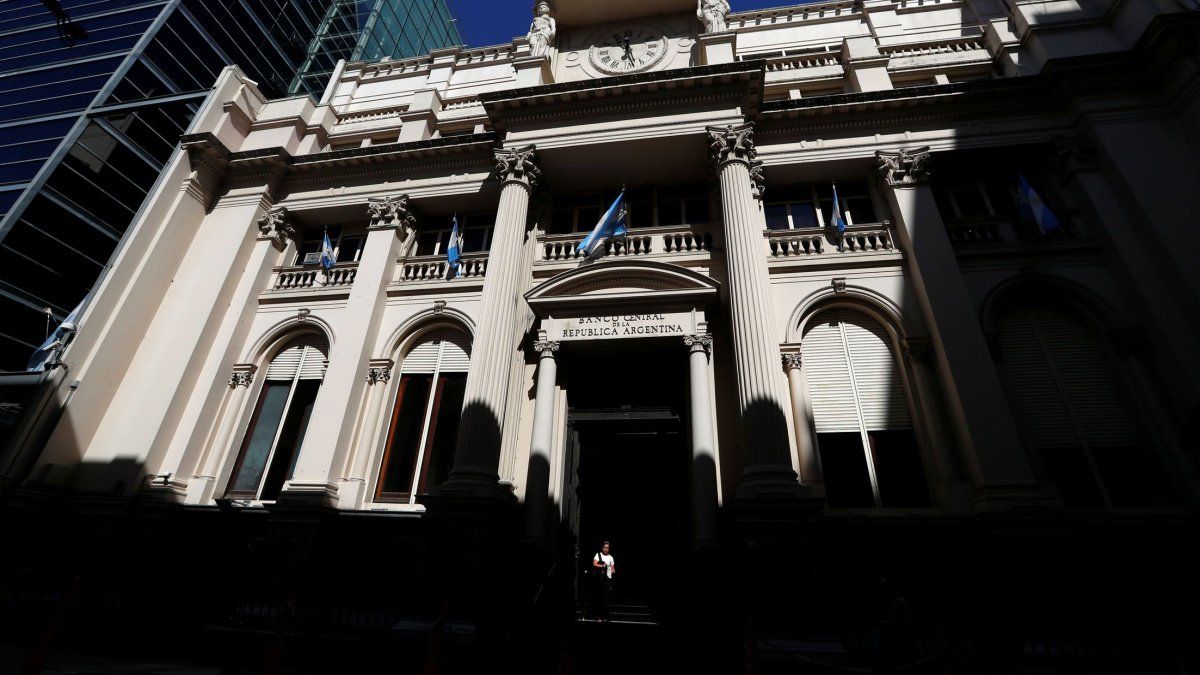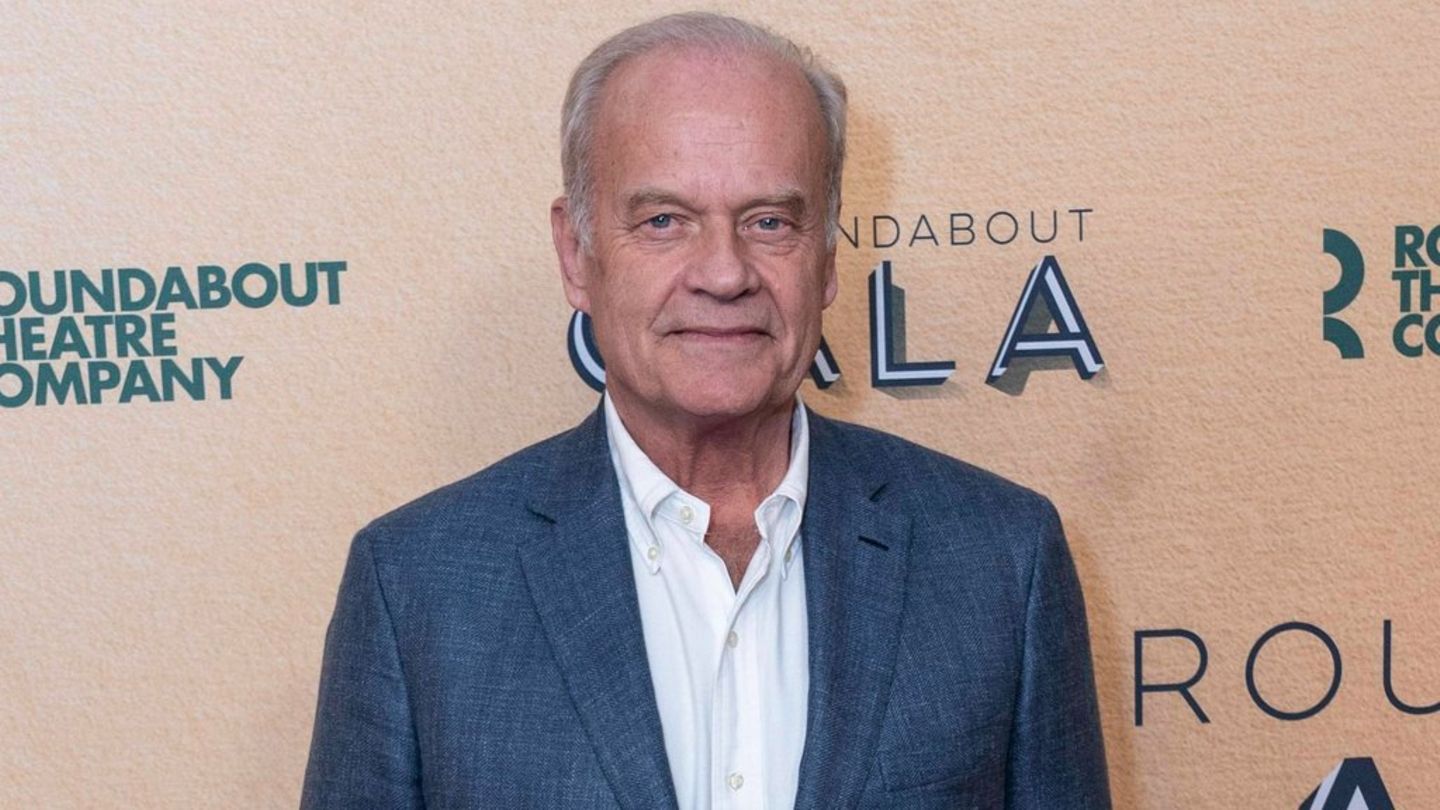While a certain fury continues for atypical values for most central banks in the world, today they are not an alternative when managing international reserves.
The already eternal world debate about Loss of prominence of the dollar as a global referencenot only for trade but also for the administrators of the reserves of the world’s central banks arouse expectations about possible successors. Many looked at Renminbi, others bet on the euro or gold, and many others promote digital assets such as Bitcoin, as the best alternative to the dollar. However, in the last GLOBAL PUBLIC INVESTOR DE OMFIF He revealed not only that any Central Bank surveyed has Digital assetsbut the 93% have no intention of doing so. Of the institutions surveyed, which represent US $ 5 billion of global reservesthere were atypical cases in Middle East And a lonely voice in Europe. The pronounced conservatism extended beyond the so -called distributed registration technology assets, to the technology itself: the 82% of respondents do not use or intend to do so in the futuredespite the fact that some of the digital currency equipment of their central banks They are preparing to do so.
The content you want to access is exclusive to subscribers.
Therefore, the “Think Tank” specialized in central banking was raised. What prevents the vast majority of reservation administrators from being Add the Cryptocurrency Partyat a time when the same survey found that the 58% seek diversification?


John Orchardexpert OMFIF In the issue of digital currencies, it considered that, although they resemble reserve money than to values, the main reason for not maintaining digital coins is very simple: regulators, including central banks, They seek to avoid that they generate yields, which is why their operators are incredibly profitable. As Larry Hathaway, Franklin Templeton’s strategist, explained in the presentation of the report, there would be many interested in this type of “negative carry”, and reservations could also directly maintain the instruments of the government monetary market that are found in the guarantee funds of digital currencies.
For its part, Daniela Klingebielwho collaborated with a program specialized in the management of reserves of the World Bankadded other factors that hinder the use of digital currencies as reserve assets, instead of as a means of payment: legal risk and counterpart, the complexity of custody, regulatory ambiguity, technical risk, the technical risk, the credit risk (of the emitter of the currency) and the risk of decouplingsomething that, for example, have made so much USDC as USDT and that occurs occasionally with the funds of the monetary market, which is They resemble to some extent the digital currencies.
But what happens to digital assets that resemble values or raw materials, such as Bitcoin, which some experts call the New goldmainly due to your Programmatic shortage. Klingebeil explained that there are similar obstacles in the ecosystem to those of digital currencies, in addition to the nature of the asset itself, which is volatile, illegid and more difficult to negotiate compared to typical reserve assets. Bitcoin is not used (at least for now) for cross -border trade or capital flows, factors that also significantly determine the allocation strategy of national reserve administrators, says Orcher.
Now, what’s about 7% of the reservations managers that at least have it in a folder. According to Jan Kubiekfrom the Czech National Bank (CNB), it can be felt that there is no bitcoin or acquiring practical experience with it, which does not immediately equals, for example, to the 2% of reservations. Ecosystem differences with other types of assets, including audit and accounting treatment, raised important challengesbut still, Kubiek acknowledges that they are open to experiment with him. He CNB has also explored the potential benefits of (no) correlation, But he has not discovered No miraculous stabilizing force through an investment portfolio in Bitcoinalthough all these factors can change significantly as it becomes more “Financing.”
It should be noted that public pension funds and sovereign funds, whose allocation objectives They focus more on profitability and are less complex and systemic than those of central banksthey are bolder, since, in the same survey, 7% of respondents already have digital assets, and a Additional 20% intends to do so.
In this sense, Orchard Comment on the facts that advance on the field: the president Donald Trump He had announced that USA will establish a strategic Bitcoin reserve; the Genius law It foresees the generalized adoption of stable currencies in the US after legislative approval. Besides, Fannie Mae and Freddie Mac could soon consider cryptoactive as a legitimate guarantee for housing financing.
Anyway, the expert of the OMFIF recognizes that the future of digital currencies remains intriguing since they lack the creation of value offered by the Programmatic shortage and, for the most part, they do not offer performance; And for now, they are not backed by the reserves of the central banks, but only for public debt and fiduciary money.
For now today digital currencies They are saving the substantial sums in paymentsas recognized by a global bank who already uses these coins for internal cross -border payments, however, for multilateral development banks would imply risks that would not want to assume even for a short time.
What else said central bankers about the management of their reserves?
- 96% of central banks indicate the duty and the Commercial protection as the main concern.
- Although 70% of central banks are increasingly concerned about the American political environment, more than 80% still consider that the dollar offers security and liquiditywhich points to a gradual diversification instead of rapid defolarization.
- 16% net of central banks plans Increase your euros holdingsmore than any other currency, while Germany It is located as the most attractive developed market among public funds.
- 32% of central banks expect increase their gold holdings in the next 12 to 24 monthsand more than 20% forecast that the price will exceed $ 3,500 per ounce.
- 28% net of reserves managers intends Increase assignments to government bondswhile public funds remain stable in all classes of assets in the midst of the current market uncertainty.
Source: Ambito




